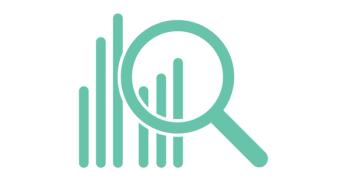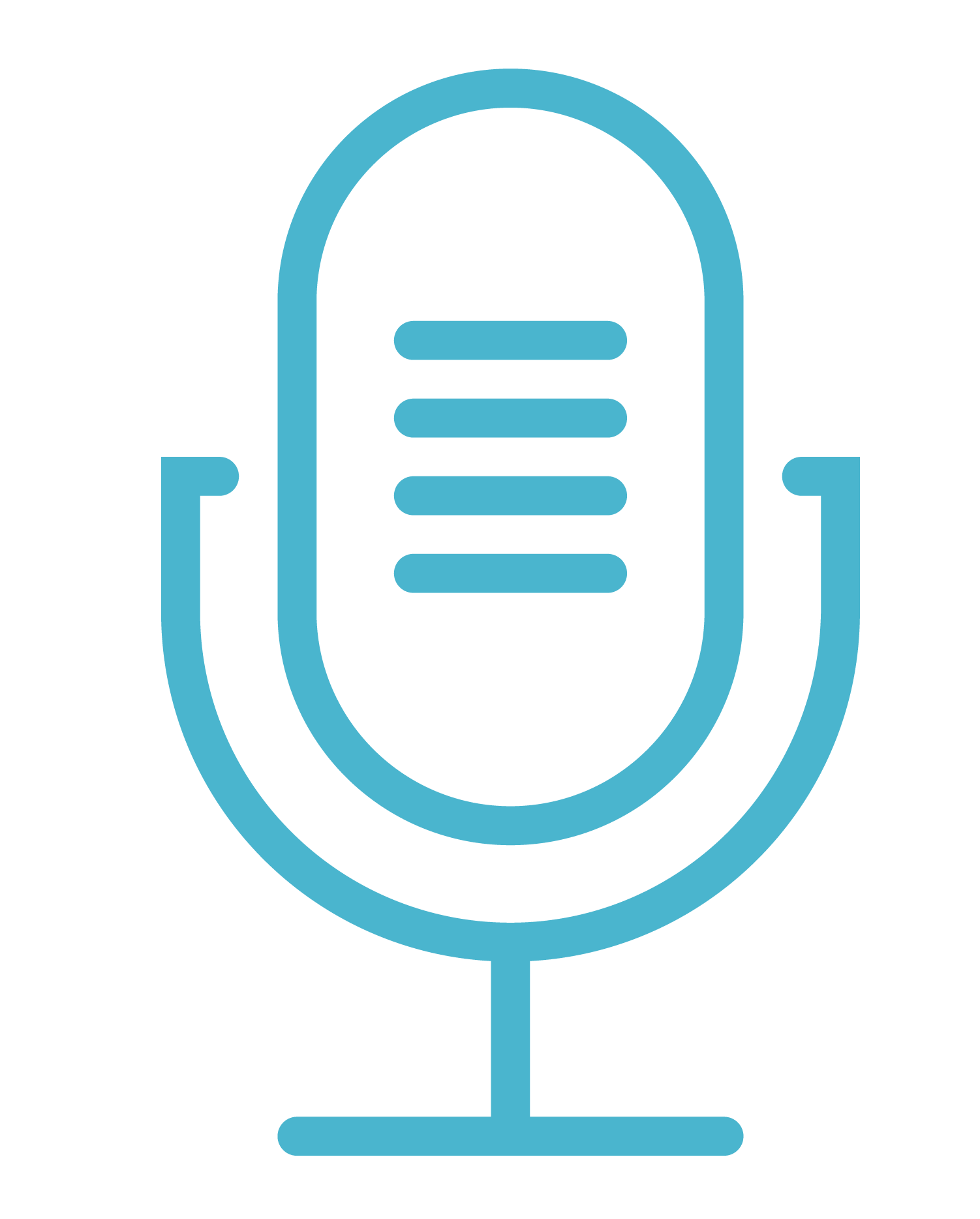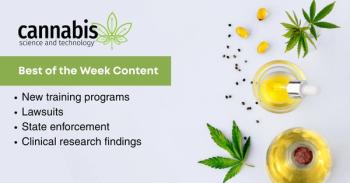
Ask the Experts: Cannabis Testing/Analytical Methods, Part II: Which Technique or Method Do You Think Is the Most Successful for Cannabis Testing?

Experts in cannabis anaylsis discuss, in their opinion, the the best method for cannabis analysis in part II of this two-part series.
Leading scientists and researchers from the cannabis industry-Bob Clifford, Shimadzu Scientific Instruments; Derek Laine, Trace Analytics; Sandy Mangan, SPEX SamplePrep LLC; Justin Steimling, Restek Corporation; and Katherine Stenerson, MilliporeSigma-participate in this round-table discussion series on cannabis testing and analytical methods. This month they discuss the most successful techniques or methods for cannabis testing.
Which technique or method do you think is the most successful for cannabis testing?Bob Clifford: Of all the compounds tested, the most straightforward to analyze are cannabinoids in either flowers or concentrates. A flower can use a simple solvent extraction with filtering before injecting in to the high performance liquid chromatography (HPLC) system, while concentrates usually just require dilution. Once the cannabinoids are added to foods, the sample preparation becomes much more complex because the compound classes, such as fats, sugars, salts, and so forth, all require different extraction procedures.
Many personnel in the cannabis industry have different skill sets in agricultural or biology rather than in chemistry. So, companies such as mine provide overlay software on top of the standard chromatography software for easy operation by a technician. With our system, the user is only required to enter the sample name, sample i.d., weight of cannabis, extraction volume, and dilution volume before analysis to get a final report. The analyzer also comes complete with overlay software, methods developed following USP protocols, analytical column, guard columns, premixed solvents, and a premixed 11 cannabinoid standard so the user is up and running samples the first day.
Increasing the number of cannabinoids analyzed, especially those with similar structures, increases the difficultly in separating them. So, analyzing five cannabinoids-such as tetrahydrocannabinol (THC), tetrahydrocannabinolic acid (THCA), cannabidiol (CBD), cannabidiolic acid (CBDA), and cannabinol (CBN)-is much easier then analyzing 10 or 15 cannabinoids. In fact, it has been reported that there are more than 140 cannabinoids that are at lower levels then those typically tested, some of which are not as important in the industry at this time.
Derek Laine: Chromatography is a major technique used in cannabis testing because it is in many other laboratory service industries. The majority of quality assurance testing takes advantage of some form of chromatography. Gas chromatography is applied to the determination of residual solvents, terpenes, and pesticides while liquid chromatography is used to determine pesticides, mycotoxins, and cannabinoids.
Sandy Mangan: I come from the sample preparation world so I have to say that the way the sample is prepared from the very beginning sets the stage for the final results. Sample preparation is the most important step of any type of testing. Having a homogenized sample is essential to ensure a representative sample and valid results. Using instruments capable of reproducibility and which reduce the probability of cross contamination are key to developing and validating any technique or method. Most laboratories are checking for things like potency, pesticides, terpene profiling, mycotoxins, different pathogens, and even heavy metals. Although the techniques for analyzing these things vary from laboratory to laboratory, when applicable, they will all agree that having a standardized technique for preparing their sample in the first place definitely shows in the end results.
Justin Steimling: I think it’s kind of interesting that we live in a time where analytical laboratories, regardless of their market, utilize tandem mass spectrometry (MS/MS)-based techniques as the gold standard, but simple high performance liquid chromatography–ultraviolet (HPLC-UV) methods have found a niche in the cannabis testing market for the analysis of cannabinoids. I think its success stems from its accessibility. It requires minimal training and comes at a relatively low cost so its applicability ranges from high-throughput testing laboratories to small-scale in-house testing laboratories. Of course MS/MS-based techniques have been vital to the success of cannabis analysis and the need for the sensitivity and selectivity offered by these instruments will only continue to grow, but for the moment I think it’s great that chromatography is reaching a new audience.
Katherine Stenerson: Potency testing has come a long way. The involvement of AOAC in developing methods for determination of cannabinoids in various matrices has contributed a great deal to this. The end product will be reliable and accurate methods that can be adopted by testing laboratories.
Look for part III of "Ask the Experts: Analytical Methods/Cannabis Testing " in our August 2019 newsletter. Part II of our series on extraction will appear in June and Part II of the series on cultivation will appear in July.
Disclosures:
References:
Newsletter
Unlock the latest breakthroughs in cannabis science—subscribe now to get expert insights, research, and industry updates delivered to your inbox.


